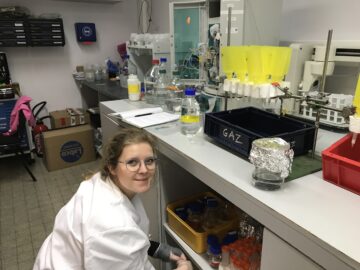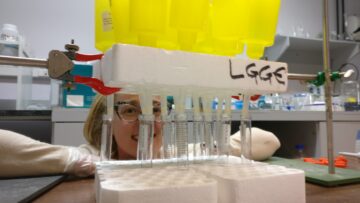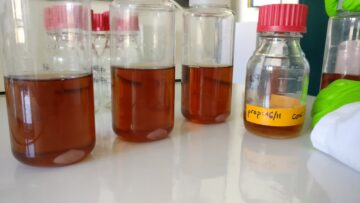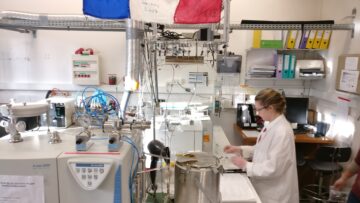ISOL-ICE Lab Blog: Visiting IGE in Grenoble
15 December, 2017
A new blog from the ISOL-ICE project team describes recent progress in the lab. Read the team’s earlier blog here.
Holly Winton and Lisa Hauge have completed now with great success their first visit of Joel Savarino‘s isotope lab at the Institut de Geosciences de l’Environnement (IGE) in Grenoble, France. Over three weeks they analysed snow and air filter samples we had collected on the high East Antarctic Plateau in January this year. To do this they applied a novel technique to measure the atomic weight ratios in the nitrate ion, which takes advantage of soil bacteria digesting nitrate and converting it into gaseous nitrous oxide (N2O). N2O is then easily measured in an isotope mass ratio spectrometer (IRMS). Knowing the isotopic composition of nitrate in snow and ice will help us to reconstruct past changes in the ozone layer above Antarctica. Holly’s and Lisa’s work represents the first step towards unlocking the secrets of a one thousand year long ice core record.



